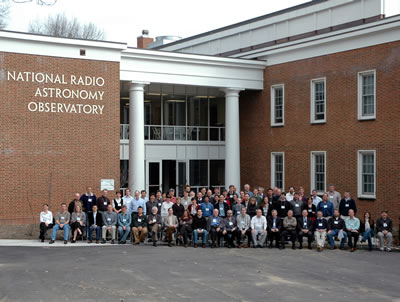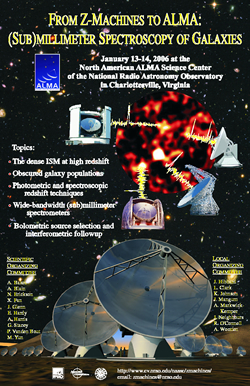Abstract Detail
14 January, 2006 - 1:55 PM Redshift Determination Algorithms from Broadband Spectroscopy DataM. Yun & M. Heyer (University of Massachusetts/FCRAO) Advent of receiver systems with a broad bandwidth and new spectrometers that can take advantage of their full bandwidth have broadened the parameter space for radio/mm/submm spectroscopy to the traditional regime of optical and infrared spectroscopy, and entirely new scientific analysis such as blind redshift searches and multi-transition excitation analysis has become feasible for extragalactic systems even at cosmological distances. Most traditional optical spectroscopy techniques such as emission line identification and cross-correlation techniques may be adopted directly for redshift determination, but there are enough distinct advantages and disadvantages to the radio/mm/submm data to warrant some additional considerations. We will review traditional redshift determination algorithms used in the optical regime and identify special concerns for applying them to broadband radio/mm/submm spectroscopic data. We will discuss some of the specific approaches that might work well for the Redshift Receiver System being constructed by the University of Massachusetts group.
| 





